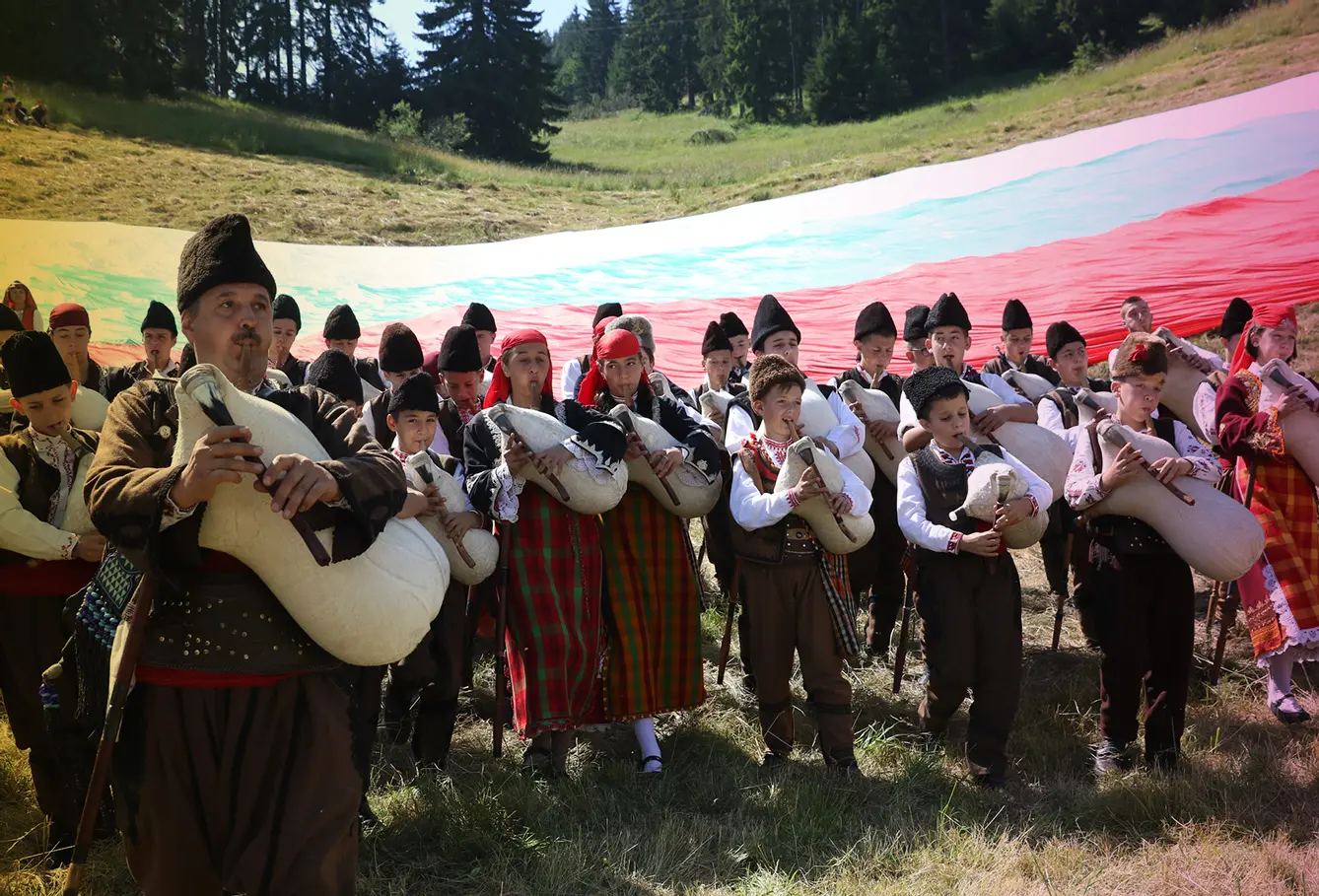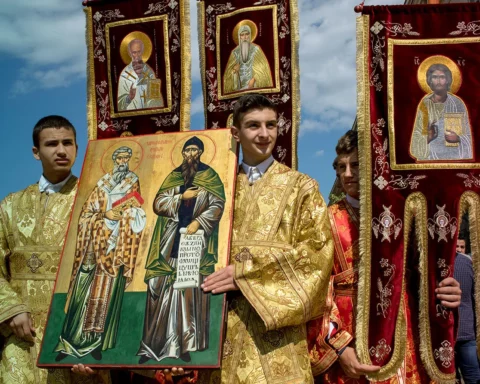Bulgaria’s love for the bagpipe is real. And proven. In 2012, Bulgarian bagpipe players, 333 in total, set the first world record for the largest bagpipe ensemble when they gathered in Sofia to play their beloved instrument together.
For three years now, one school in Sofia has been working on teaching Bulgaria’s next bagpipe players. Welcome to the School of Bagpipes and Folklore! “We believe that the bagpipe is the bearer of the Bulgarian image and our national culture, which it has carried and enriched through the centuries – from the mythical greatness of the Thracians to today,” reads the website of the school.
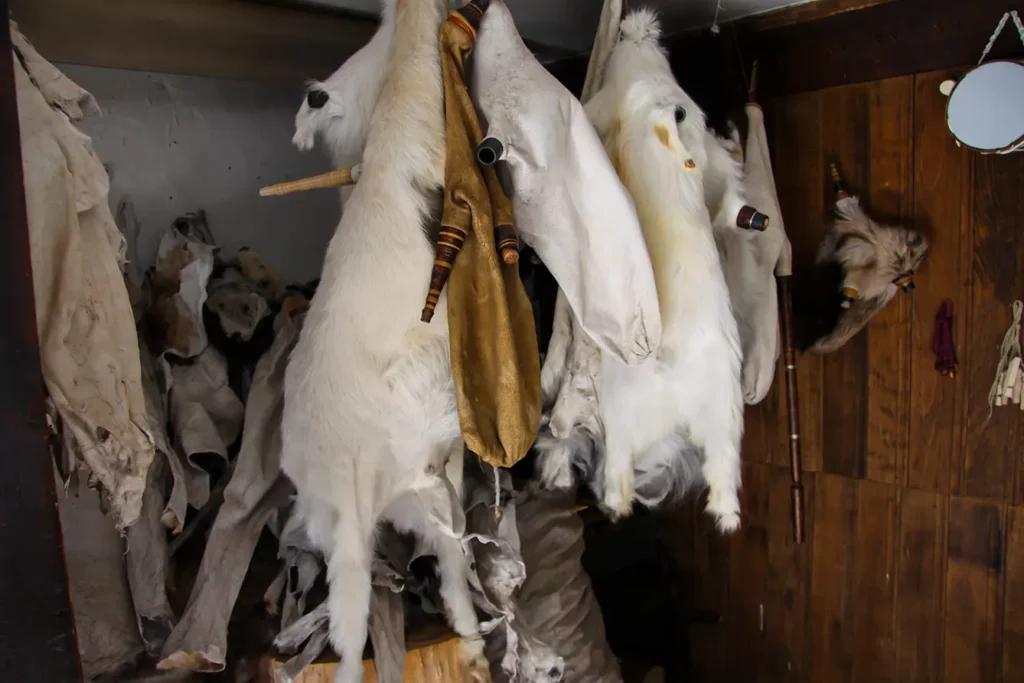
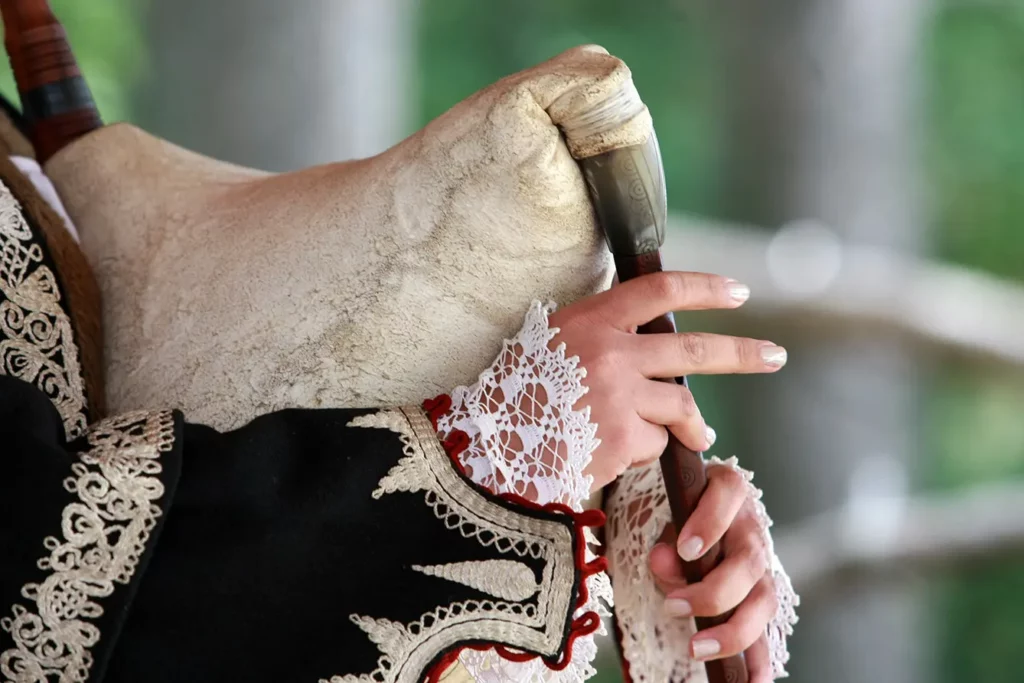
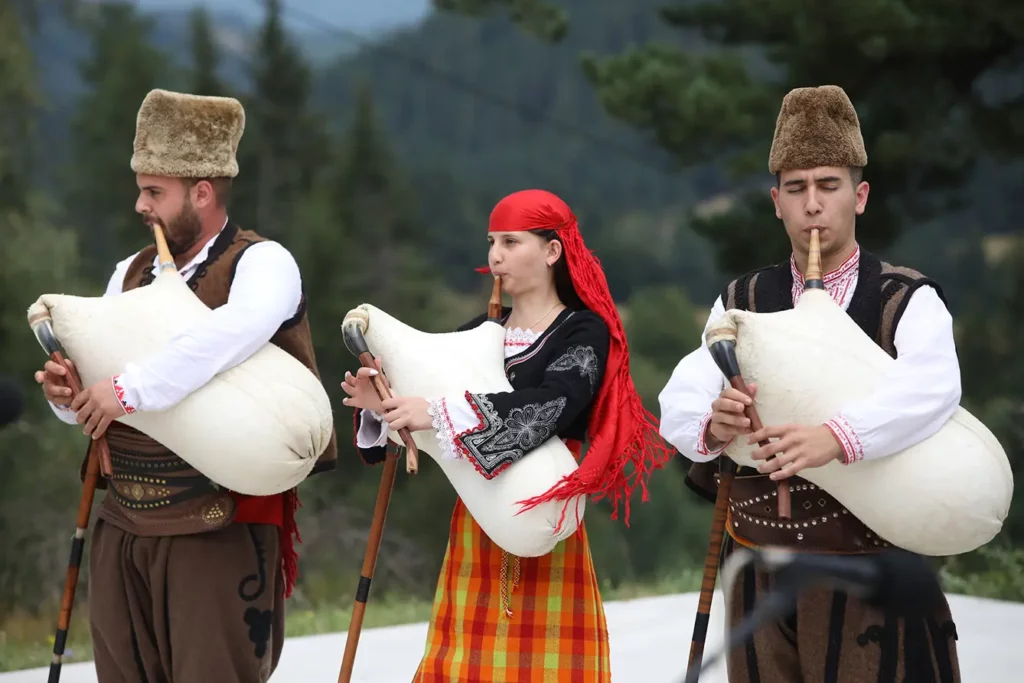
The school was inaugurated shortly before the COVID-19 pandemic, but despite difficulties, it survived. Today, it is dedicated to teaching bagpipe online to students from all over the country. The student body is a diverse bunch, but what unites them is the fact that they’re not professional musicians. The school is also holding classes for three students in Italy. The initiative is targeting non-professional musicians for a reason: Bulgaria already has three schools specializing in training Bulgaria’s next generation of bagpipe players.
Bagpipe: the most Bulgarian instrument there is
The bagpipe is not a stranger among the musical instruments in many European countries, notes Dr. Ivan Georgiev, lecturer at the school of bagpipes. “Just across the border, in Greece, they have several types of bagpipes. Also, in Turkey, Croatia, and North Macedonia. I can go on and on; even Germany and Italy have their own bagpipe varieties. But what makes the bagpipe in our country is the fact that for many years now, it has been recognized as the most Bulgarian instrument of all,” Georgiev tells 3Seas Europe.
There are two types of bagpipes – the djura and the kaba gaida – considered to be exclusively Bulgarian. The kaba gaida is the bagpipe of the central Rhodope mountains in the south of Bulgaria and a symbol of Bulgarian folk music. Made from wood, horn, animal skin, and cotton, the kaba gaida is lower pitched and usually with a larger bag.
This specific bagpipe contributed more than enough to the popularization of Bulgarian folk music: The song “Izlel ye Delyo Haydutin,” played on the kaba gaida, was included on the Voyager Golden Record, a message from the Earth prepared to fly out of the Solar System aboard two identical spacecrafts from the NASA Voyager program.
Bulgarian and Scottish bagpipe: same but different
And while the Bulgarian bagpipe’s journey aboard the Voyager 1 and Voyager 2 spacecrafts continues to this day, the bagpipe is still traditionally mostly associated with Scotland. Can the two countries share the spotlight? It certainly seems so. “The difference between Bulgarian and Scottish bagpipes is enormous,” explains Dr.Georgiev. “The only thing they have in common is that they are woodwind instruments. The way of playing, the melodies, everything is different. The Scottish bagpipe also has fast melodies, it is not true that they are only slow. But all in all, Bulgarian and Scottish folk music is simply incomparable.”
If you feel that mastering the bagpipe is too much of a commitment, why don’t you start by making a bagpipe first? In Bulgaria, that’s easy. Stoykite, a village near the city of Smolyan in southeastern Bulgaria, is at the center of the national bagpipe tradition. It’s only natural that the village is also home to Bulgaria’s first bagpipe museum. The recently inaugurated museum features, naturally, a bagpipe-making station. “Almost in every house in our village lives a bagpiper, and sometimes two. Their craftsmanship is respected and remembered,” says Maria Kisova, chairwoman of the “Probuda 1903” Community Centre, in an interview with the Bulgarian National Radio.
The museum showcases more than 250 items from the seven folklore areas related to bagpipe skills and art in Bulgaria. These include bagpipes, storage bags, bagpipe-making tools, and traditional costumes. “The youngest bagpiper in Bulgaria, Stefan Ivanov, aged six, has also contributed to our exhibition, donating the squeaker of his bagpipe,” Maria Pichurova, secretary of the community center, tells us. “The bagpipe is ancient and eternal.”


